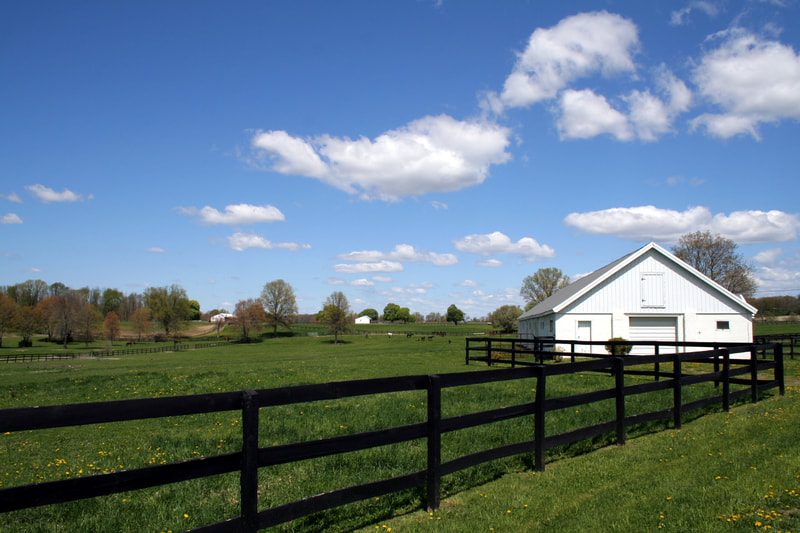Essential Features Every Horse Barn Should Have
These essential horse barn features
keep your horses healthy and safe
Every horse barn should be designed to protect animals and their caretakers. Several essential features are needed to make sure safety and protection is the outcome.
Stall doors should be sturdy and free from sharp edges and protrusions that could injure horses. They should also have durable secure latches to prevent them from accidentally being broken or opened.
Large Stalls
Whether it’s a boarding facility, training center, or full-fledged farm, stalls are a key component of any horse barn. They provide a safe and comfortable space for your horses to rest and recover and a space for grooming.
The size of your stalls depends on the number of horses you have at any given time and whether you plan to house more. Larger stalls are ideal for larger and older horses and those who need more space to stand and lie down comfortably.
Typically, box stalls should be an average of 12'x12', while standing stalls should be about 8'x5' for the average horse. Some horses require a little more room than the standard stalls for maximum comfort and safety.
Plenty of Natural Light
Natural light is one of the most crucial characteristics that horse barn builders should know while creating a barn. Not only does it make the room more pleasant, but it can also enhance your horse's health.
Natural light can help horses remain in sync with their circadian rhythm and maintain a natural reproductive cycle. Exposure to enough sunlight also inhibits winter hair growth, which helps keep their summer coat longer.
While most barns are designed to maximize natural light, installing supplemental lighting where needed is still necessary. Whether you need it for lighting your work area or just a few lights on the wall, the right fixtures can make a big difference in how well your barn is lit.
A Wash Bay
A wash bay is an important feature for any horse barn, as it will encourage you to keep your barn and horses clean, which is necessary for your horses' and clients' health and safety.
The wash bay should be easy to access with a water hook-up for a hose and grooming equipment. It should also have a non-slip surface, preferably a rubber mat.
Ideally, the wash area should be built on a slight slope to drain excess water away from the stables. This will prevent excess water from creating pools where disease-carrying midges and mosquitoes can breed.
A Tack Room
Saddles, bridles, and other leather gear are expensive items you’ll want to store in an organized, accessible way.
Every horse barn should have a tack room to keep your saddles and bridles protected and neat. Tack rooms must be kept clean, dry, and have adequate ventilation. This is particularly important for leather equipment, which can rot and mold if not properly maintained.
A well-planned tack room also makes it easy to find the right equipment for your horses when needed while also extending the life of the leather products.
Plenty of Storage
When building a barn, it's important to incorporate plenty of storage into the design plan. This will help keep your tack, feed, and other equipment safe from the unexpected elements.
Proper ventilation is not only necessary for your horse equipment but also for your horse. Stale air can contain bacteria and other harmful substances that could cause moisture, odor, and dust to build-up.
A well-designed barn will eliminate stale air before it accumulates, allowing maximum circulation. This will keep your horses comfortable and healthy throughout the year.
To protect your horses and caretakers from pests, rodents, fumes, odors, dust, dirt, and debris, it starts with the barn’s design. With a proper design, you can eliminate the possibilities of intestinal parasites, flies, and other insects that could make your horse uncomfortable or dangerous.
You can read more about how to build a successful horse business here.
Happy riding!
Opening Photo Credit: Photo 2378040 / Horse © Liz Van Steenburgh | Dreamstime.com

